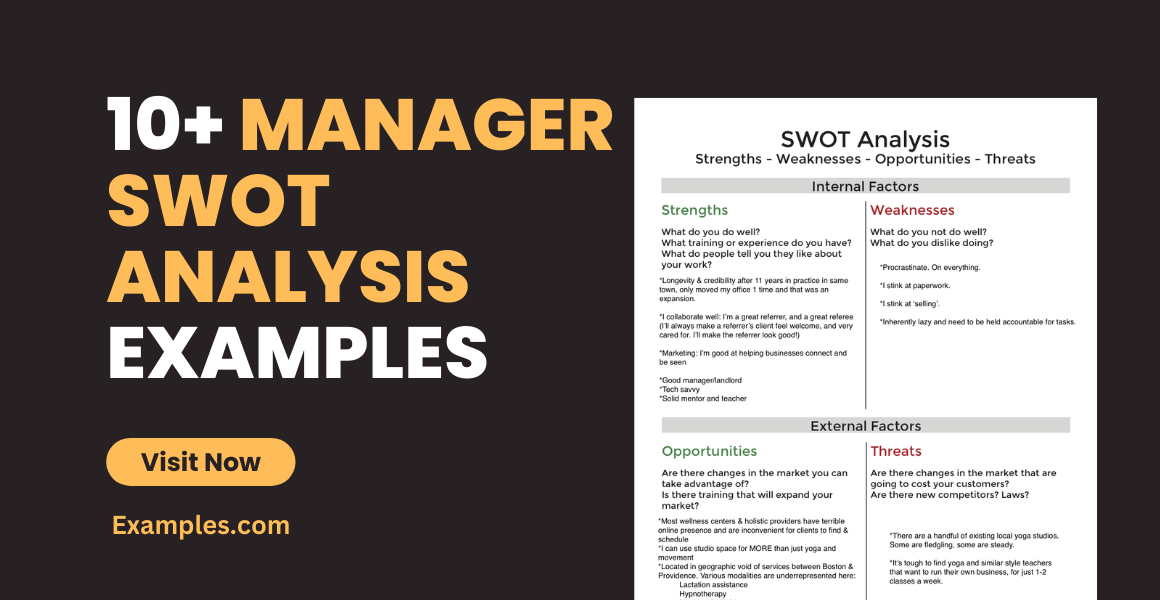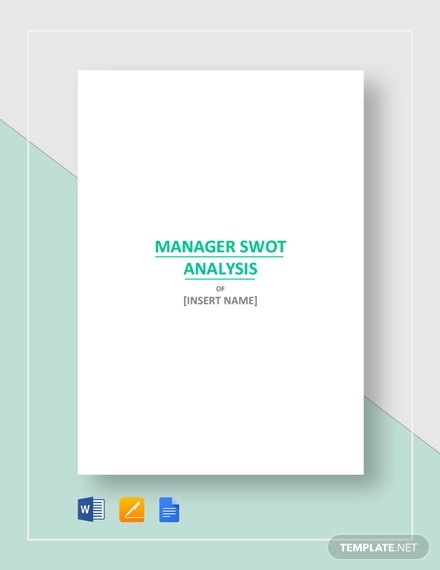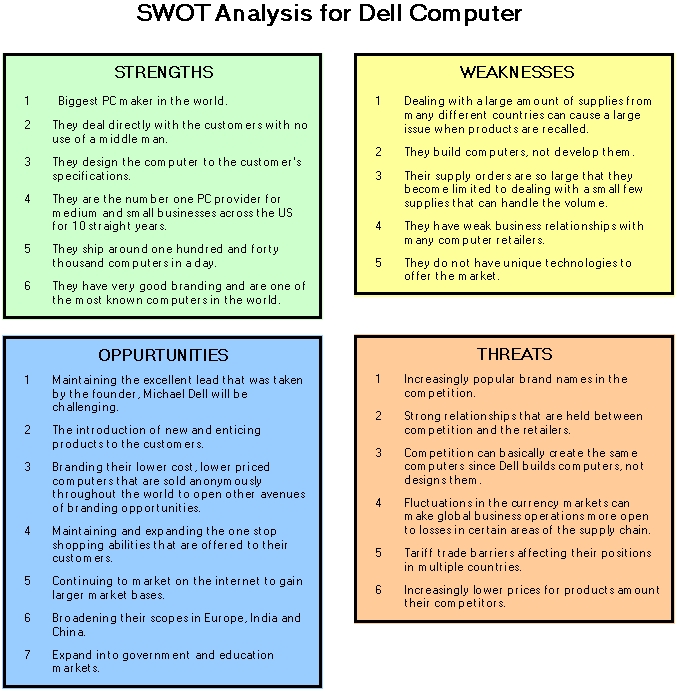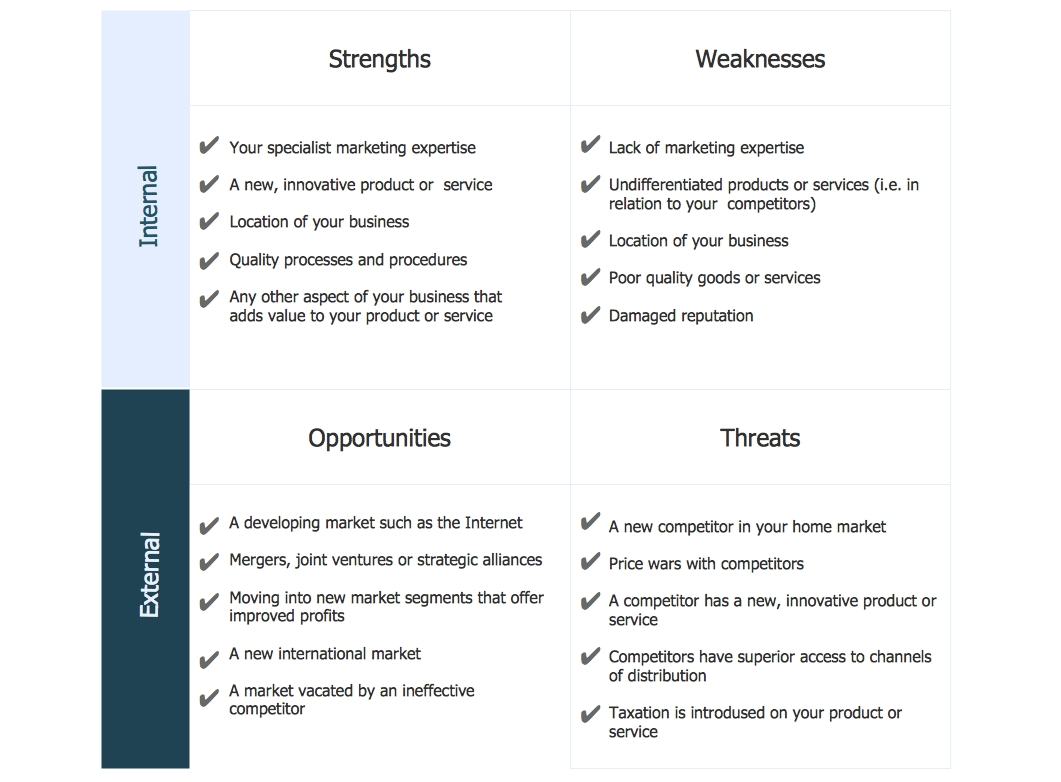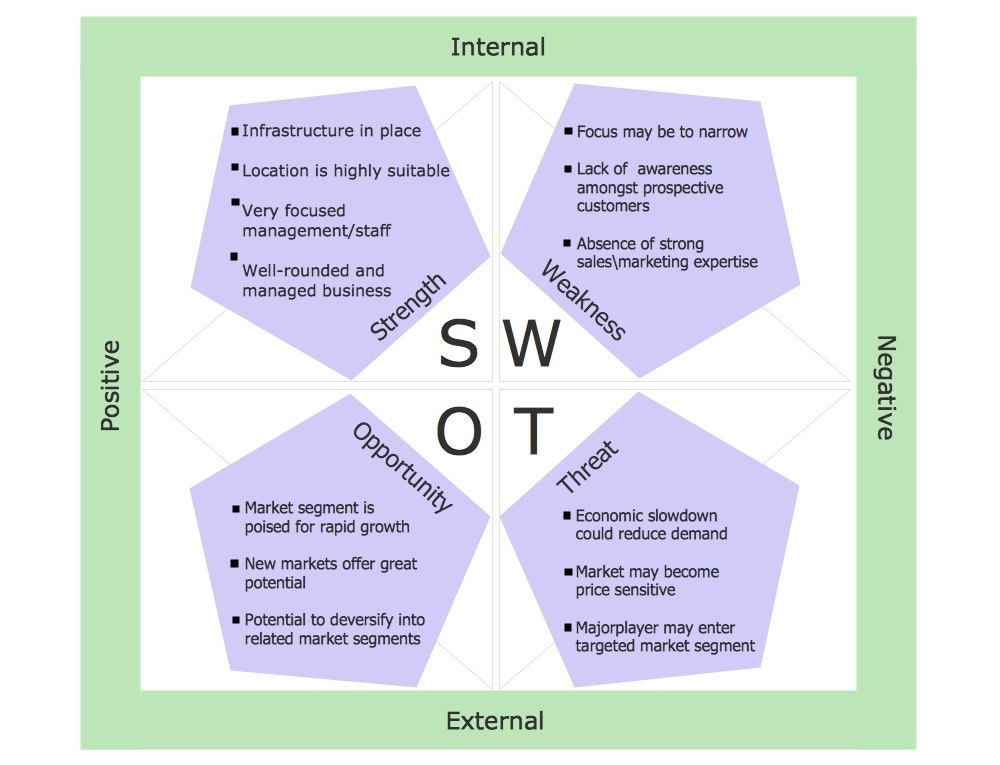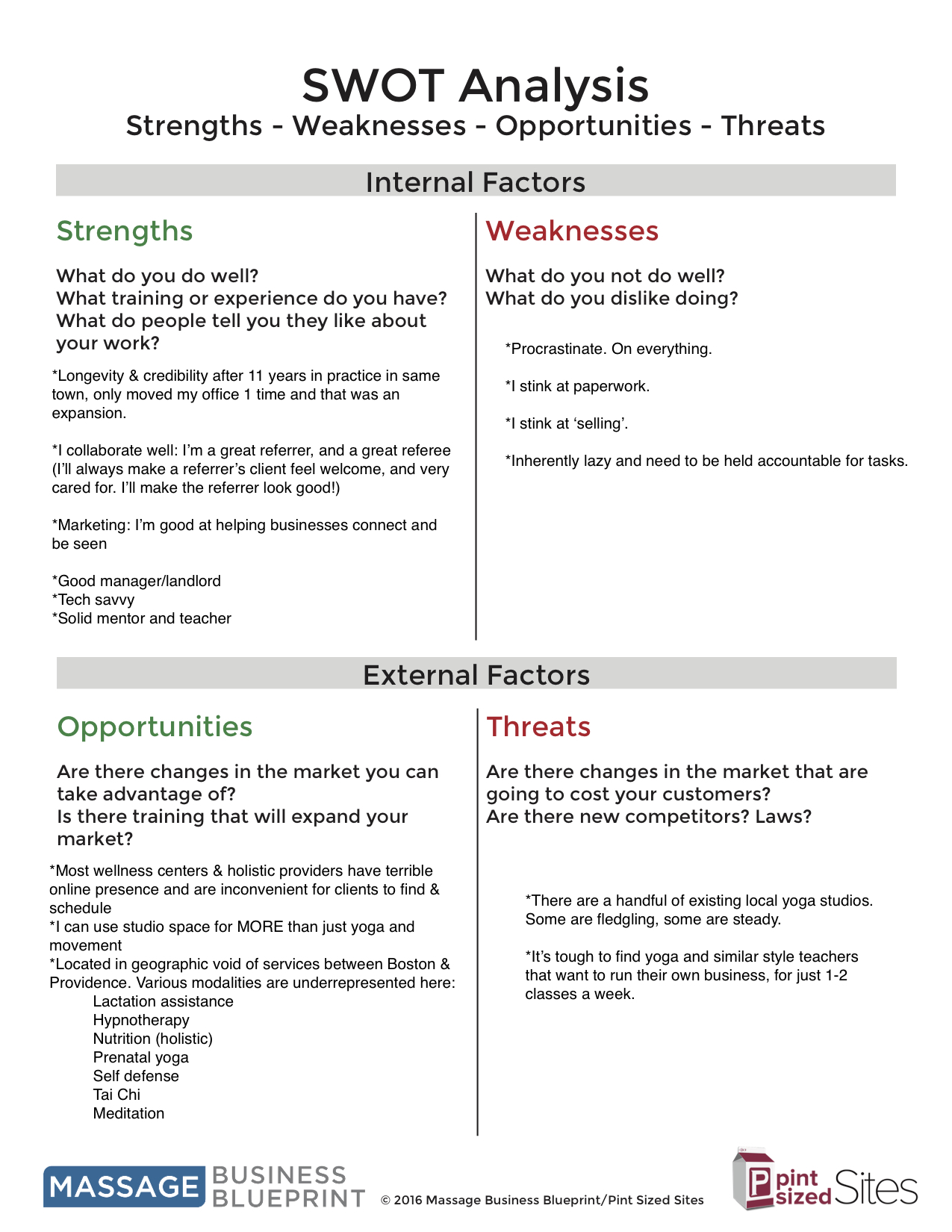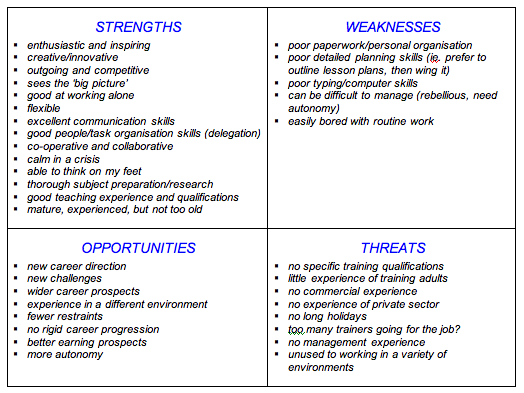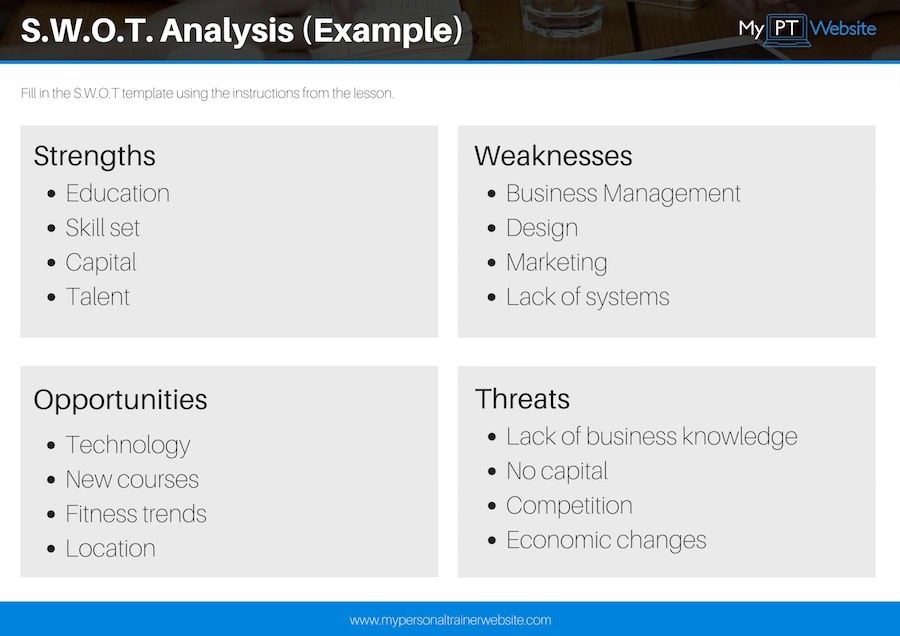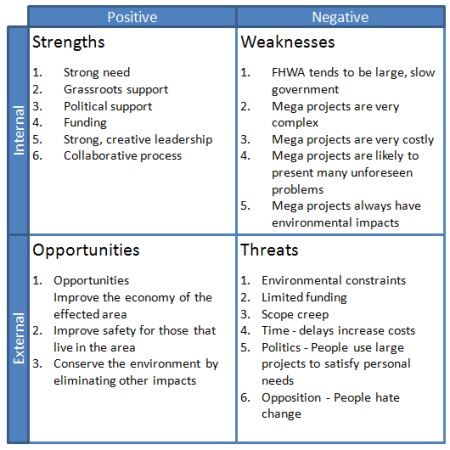10+ Manager SWOT Analysis Examples to Download
Next to the CEOs and business owners, managers have the most responsibility in the company. They make sure their subordinates as well as other line employees strictly comply with company procedures and policies.
One of the manager’s tasks is to create a SWOT analysis, which is created in collaboration with other managers and departments and is given to top management for review. If you are tasked to create a SWOT analysis, we have some SWOT analysis templates you can use as a guide when you will be creating your own analysis.
Manager SWOT Analysis Example
Basic Manager SWOT Analysis Example
Dell Manager SWOT Analysis Example
Manager SWOT Analysis Diagram Example
SWOT Analysis Defined and Explained
SWOT is basically an acronym for strength, weakness, opportunity, and threat. SWOT analysis is a very effective business tool to use as it analyzes a company’s internal and external environment. The internal environment is mainly focused on the company’s internal operations (employees, policies, products, or services) while the external environment encompasses the things the company cannot control (clients and customers, technology, government regulations, stakeholders).
Since it is very effective, almost all types of companies create SWOT analysis to aid them in their business operations. Aside from SWOT analysis, companies also use PESTLE analysis and Porter’s five forces. Some companies even use all three tools to have a more focused and streamlined business approach.
We will be discussing below the components of SWOT analysis and how each factor (strength, weakness, opportunity, threat) affects the overall analysis.
1. Strength
Strength is the first of two internal factors presented in a SWOT analysis. Similar to a person’s physical or mental strength, strength in SWOT analysis is the company’s biggest and most reliable advantage. You may also see statement analysis examples & samples.
A company’s strength allows it to beat out the competition in terms of market share, and eventually revenue and profit. A company that does not have a strength will not last in the industry for a long time.
Sometimes, a trend can be a company’s strength for a time but unfortunately trends are not sustainable. If a company does not have a contingency plan and cannot adapt to constant business changes, it will be hitting bankruptcy in a few months. You may also like business analysis examples & samples.
For example, a company that has adapted to trends and is still one of the most profitable companies in the world today is Disney. The multibillion dollar company was a pioneer in animation back in the 1930s, but has constantly implemented technology (CGI and VFX, to name a few) in their animated movies while also venturing into other businesses (theme parks, video streaming, live action movies) to keep pace with their competitors. You may also check out what is an analysis?
2. Weakness
Weakness is the second internal factor in the SWOT analysis. It is basically the opposite of strength, and competitors exploit your weaknesses to gain a competitive advantage. No company is perfect as even the most successful and profitable companies have their own weaknesses that keeps them from becoming more successful. You may also see critical analysis examples & samples.
A company has short-term and long-term weaknesses. It is better to indicate both weaknesses in the SWOT analysis and list down the methods on how you are going to solve them.
An example of a company that has failed to rectify its weaknesses is Tower Records. The company was founded in the 1960s and became the largest retailer of CDs, DVDs, cassette types, electronic gadgets, video games, and toys in the US. During the 2000s, the company had incurred massive debt while also failing to keep up with digital streaming companies like Spotify, Pandora, and Apple Music, which ultimately led to their downfall in 2004. You may also like process analysis examples & samples.
3. Opportunities
Opportunities and threats meanwhile comprise the external factors of a SWOT analysis. Opportunities are similar to strengths, as an opportunity can be become a company’s strength.
Remember that opportunities are external and are not focused on the company’s internal activities. Opportunities can range from finding a new niche market, developing a new technology, using technology to improve a product or service’s functionality, lowered import and business taxes, forging a new business partnership, or even gaining local/foreign investment. You may also check out requirements analysis examples & samples.
Opportunities help a company adapt to the ever-changing business environment. It also helps the company expand its business operations, which in turn aids in the company’s profitability and sustainability efforts.
An example of a company that has taken full advantage of an opportunity is video streaming giant YouTube.
In March 2018, YouTube commenced its live TV streaming service “YouTube TV” where users can stream entire channels (ABC, FOX, NBC, CBS, ESPN, etc.) as well as live sports games. Live TV streaming has not been done before, and YouTube saw that opportunity and has now become one of the first major TV streaming players (together with Playstation Vue and Sling TV). You might be interested in literary analysis examples & samples.
Expect competition from other telecommunication and multimedia companies to commence in the next few years.
4. Threats
Threats contrast opportunities in the external environment as how weaknesses contrast strengths in the internal environment. As government regulations, competition, technology, or client or customer reaction can turn into opportunities, it can also be threats for companies who ignore how external factors impact their businesses. You may also see company analysis examples & samples.
Failing to identify threats and finding solutions to fix them can cripple a company to the point where it can no longer recover. Since threats are outside forces affecting businesses in their daily operations, they cannot be predicted nor be can be solved using a quick fix. Threats are not weaknesses in which a company can easily create a new set of policies or improve their products to have a better competitive advantage and be profitable. You may also like needs analysis examples.
An example of a company who failed to see a threat with the specific threat causing the company’s eventual downfall is Kodak. One of the most popular and recognizable photography companies that was founded in the 1880s filed for bankruptcy in 2012 due mainly to one reason: technology. There was a point where the word kodak was interchanged with taking a photo as Kodak cameras were basically sold and used everywhere. You may also check out market analysis examples.
The company simply failed to adopt to digital photography while their competitors Fuji, HP, and Canon, meanwhile, had been investing heavily in more efficient and technological advanced forms of photography. Kodak’s competitors made the right choice, and it is unfortunate to think that the once mighty corporation that changed the world of photography now only remains a memory. You might be interested in feasibility analysis examples & samples.
Manager SWOT Analysis Example
Manager SWOT Analysis Matrix Example
Manager SWOT Analysis Outline Example
Manager SWOT Analysis Worksheet Example
The Evolving Role of Managers
Managers are no longer simply superiors giving orders to their subordinates. Over the years, the roles of managers have evolved and their value in a company is more important than ever.
In most companies, managers are middlemen who receive simple policies, announcements, and other company information, in which those information are then passed on to the rest of the employees in the company.
Before, managers were not given an opportunity to share their input or had a hand in creating company policies, in which are always created by top management (CEO, board of directors, business owner). Fast forward to today, there is now a more collaborative process between top management and mid-level managers when formulating policies and conducting research/studies.
Managers have also adopted a more parent-figure personality, similar to how human resource personnel have a similar role when dealing with employees. Counseling and employee motivation have also become necessary skills for managers to have. This helps them deal better with their subordinates and understand better the issues they are going through regarding work and work-related issues.
New Manager SWOT Analysis Example
Personal Trainer SWOT Analysis Example
Technology SWOT Analysis Example
Using SWOT analysis is one of the most effective tools businesses can use when analyzing their internal and external environment. Most of the time, managers are the persons tasked by top management to create a SWOT analysis, so it is imperative they create a detailed and well-researched analysis. If you are a manager yourself, we hope the examples above will help you create an effective SWOT analysis. You may also see organizational analysis examples.


